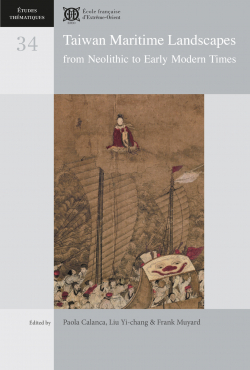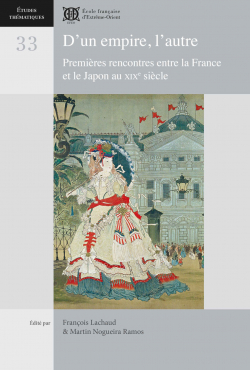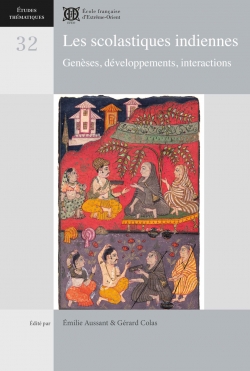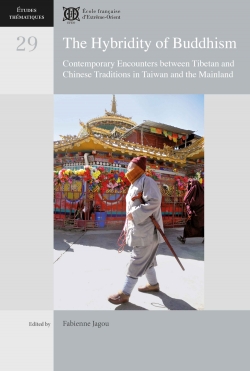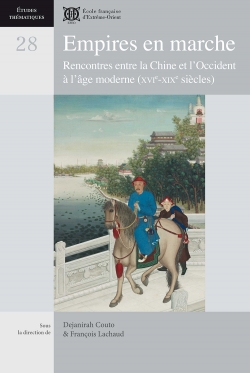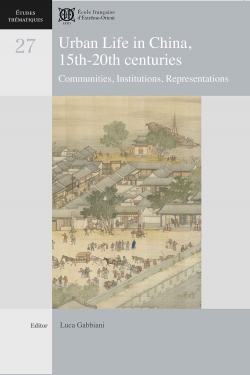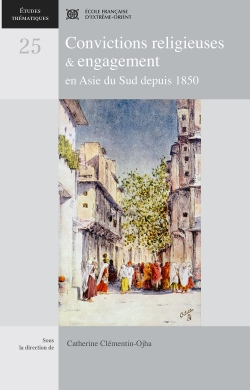The catalog of EFEO Publications includes works on a wide range of disciplines in the humanities and social sciences (archaeology, history, anthropology, literature, philology, etc.), centered on Asia, from India to Japan.
These publications address both specialists, and a wider public interested in Asian civilizations and societies.
The Buddhist Monastery
A cross-cultural survey
Collection : Études thématiques
Collection's number: 12
Editor: Lagirarde (François), Pichard (Pierre)
Edition: EFEO
Publication date: 2003
Status : Out of Print
50,00 €
ISBN-13 : 978-2-85539-626-2
ISSN : 1269-8067
Width : 18,5 cm
Height : 27,5 cm
Weight : 1,14 kg
Number of pages : 444
Distributor : EFEO Diffusion
Geography : Asia
Language : English
Place : Paris
Support : Papier
Abstract
What is a Buddhist monastery? We might define it as a long-term residence of monastic, whether monks or nuns. But even such a deceptively comprehensive and consistent definition fails to cover the whole Buddhist world. There are ritual centres considered as monastery where no monk reside, for instance in the Newar community of Nepal, where married Buddhist followers, having received temporary ordination as young boys, live around, but not inside, their monastery, and are collectively in charge of its maintenance, rituals and activities. And it is clear that in all periods and in all countries, the scale of the monastery has varied considerably, from many hectares to a single building, from several hundred monks sharing the great monasteries of China and Japan or the royal monasteries of Bangkok, to the single caretaker monk in some Bhutanese or Singhalese village monasteries.
Table of contents
About the collection
Études thématiques
Authors who would like to submit drafts are asked to follow these instructions, download : Feuille de style [PDF 602 Ko].
Related books
Études thématiques
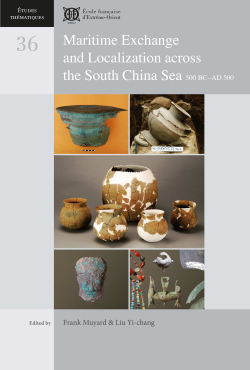
Maritime Exchange and Localization across the South China Sea
Bérénice BELLINA, Aude FAVEREAU, LÂM Thị Mỹ Dung, YAMAGATA Mariko, Frank MUYARD, LIU Yi-chang, Krisztina KINGA HOPPÁL, Stephen CHIA MING SOON, SHIUNG Chung-ching, MIYAMA Emily, CHAO Chin-yung, CHUNG Kuo-feng, WANG Kuan-Wen, Caroline JACKSON, LIU Jiun-Yu
40,00 €
2025
• Available
Études thématiques
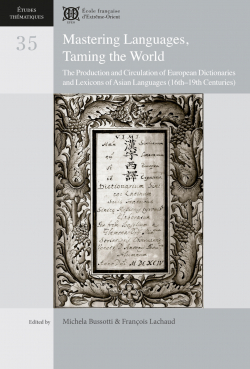
Mastering Languages, Taming the World
Michela BUSSOTTI, François LACHAUD, Dejanirah COUTO, Rui Manuel LOUREIRO, KISHIMOTO Emi, ŌSHIMA Mikio, Henning KLÖTER, Hans-Jörg DÖHLA, María Teresa GONZÁLEZ LINAJE, YANG Huiling, Mariarosaria GIANNINOTO, Eugenio MENEGON, Mårten SÖDERBLOM SAARELA, YOSHIKAWA Masayuki
40,00 €
2023
• Available
Études thématiques
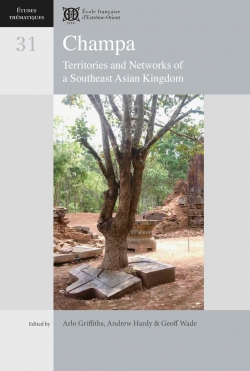
Champa
Andrew HARDY, Arlo GRIFFITHS, Pierre BAPTISTE, Amandine LEPOUTRE, William A. SOUTHWORTH, Geoff WADE, LÂM Thị Mỹ Dung, YAMAGATA Mariko, NGUYỄN Kim Dung, BÙI Chí Hoàng, Federico BAROCCO, NGUYỄN Tiến Đông, Thérèse GUYOT-BECKER, Anton O. ZAKHAROV, Mara LANDONI, John K. WHITMORE, Marc BRUNELLE, Stephen A. MURPHY, TRẦN Kỳ Phương, Parul Pandya DHAR
40,00 €
2019
• Available
Études thématiques
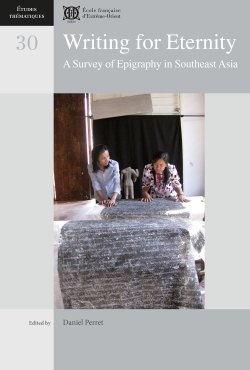
Writing for Eternity
Daniel PERRET, Claude GUILLOT, Ludvik KALUS, Philippe PAPIN, Claudine SALMON , Jacques P. LEIDER, Michel LORRILLARD, Arlo GRIFFITHS, Dominique SOUTIF, Julia ESTEVE, Peter SKILLING, Hadi SIDOMULYO, Tilman FRASCH, Kyaw Minn HTIN, Marek BUCHMANN, Christian BAUER, Titi Surti NASTITI, Roderick ORLINA
40,00 €
2018
• Available

